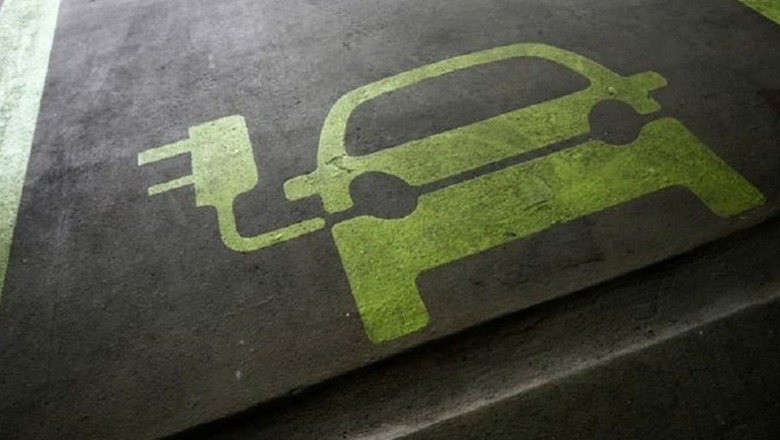
views
CRISIL, an analytics company, has estimated that electric vehicles (EVs) could create a nearly Rs 3-lakh-crore opportunity for various stakeholders in India over the next five years.
It includes revenue of around Rs 1.5 lakh crore for original equipment manufacturers (OEMs) and component manufacturers across vehicle segments, as well as Rs 90,000 crore in disbursements for vehicle financiers, with shared mobility and insurance accounting for the rest.
PREFERRED OPTION
EV usage continues to increase in India, as more people move away from internal combustion engines (ICE).
According to Vahan portal, the percentage of registered electric three-wheelers climbed to about 5% in fiscal 2022 from less than 1% in fiscal 2018. The percentages for electric two-wheelers and buses increased to about 2% and 4%, respectively.
As per the analysis, the transformation is seen beyond big cities, as smaller communities are also getting involved due to the central government’s budgetary and non-fiscal policies.
However, according to Vahan figures, the top 10 districts’ share of nationwide sales of electric cars and three-wheeler EVs declined from 55-60% in fiscal 2021 to 25-30% in fiscal 2022. The percentage of two-wheeler EVs dropped from 40-45% to 15-20%.
Many are opting for EVs as ICE vehicles are impacted by rising fuel prices and their costs remain higher in comparison with EVs. Faster Adoption and Manufacturing of Hybrid and Electric Vehicles in India or FAME-India, the Phased Manufacturing Plan and the Production Linked Incentive are only a few of the government’s EV initiatives. EV production has piqued the interest of both start-ups with cutting-edge business models and established OEMs.
Many state governments have also provided demand incentives as well as capital aid to greenfield manufacturing companies.
Furthermore, according to CRISIL’s estimate of the total cost of ownership, electric 2Ws and 3Ws were able to compete with ICE vehicles last fiscal, although only covering 6,000 and 20,000 kilometres annually, respectively.
Due to parity in ownership costs with ICE vehicles, the adoption of two- and three-wheeler EVs is expected to climb even without subsidies by 2026, according to the report.
Hemal Thakkar, director, CRISIL Limited, said: “Considering the improving cost parity and the government’s focus on electrification of vehicles, we should not be surprised if EV penetration reaches 15% in 2Ws, 25-30% in 3Ws, and 5% in cars and buses by fiscal 2026 in terms of vehicle sales.”
NEW TRENDS
CRISIL’s analysis also suggested that as all of this growth materialises, several new trends and business models are expected to emerge.
For example, battery-as-a-service and public charging stations often operate on a pay-per-use basis, with the goal of lowering the customer’s initial outlay, improving viability, reducing range anxiety, and, as a result, increasing asset utilisation.
The second is mobility as a service. As per the analysis connecting operations with charging infrastructure, it focuses on shared mobility. In this case, the vehicles and charging infrastructure are also available on a pay-per-use basis.
There is also micro-mobility, which offers last-mile cargo distribution via micro-rental electric two- and three-wheelers that operate on a self-drive rental basis. This approach is often asset-light and built on open-source operations, with the user having the ability to hire and deploy vehicles.
Jagannarayan Padmanabhan, the other director at CRISIL Limited, said: “In sum, the emergence of EVs is an opportunity for both existing and new industry participants to innovate and capitalise on the quickly evolving passenger and cargo mobility.”
“To address ecosystem challenges of the EV industry, the government is considering rolling out a structured battery swapping policy. Such facilitations will go a long way in realising the EV potential. In addition, improvement in the availability of finance will push EV adoption,” he added.
However, according to an early report by consulting firm RBSA Advisors, the EV market is predicted to grow at a Compound Annual Growth Rate of 90% this decade, reaching $150 billion by 2030.
The market is fast expanding and is predicted to grow in value. Additionally, by 2030, India’s transition to shared, electrified and connected mobility could save roughly one gigatonne of carbon dioxide emissions.
Read all the Latest Auto News and Breaking News here


















Comments
0 comment